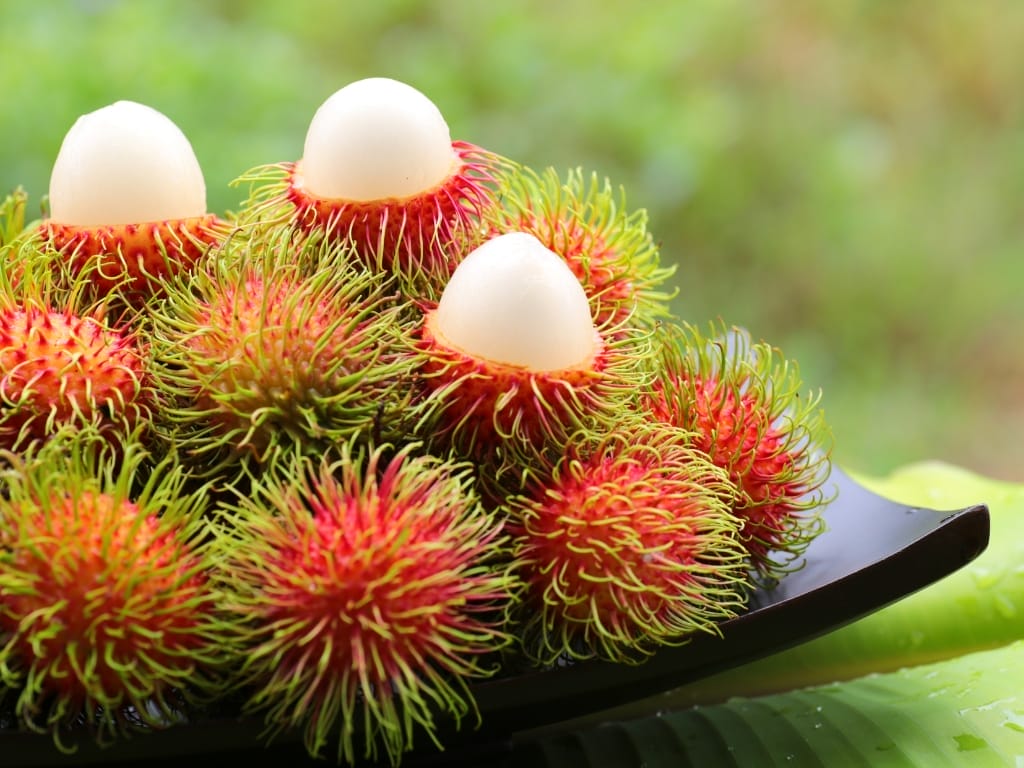10 Interesting Facts about Rambutan
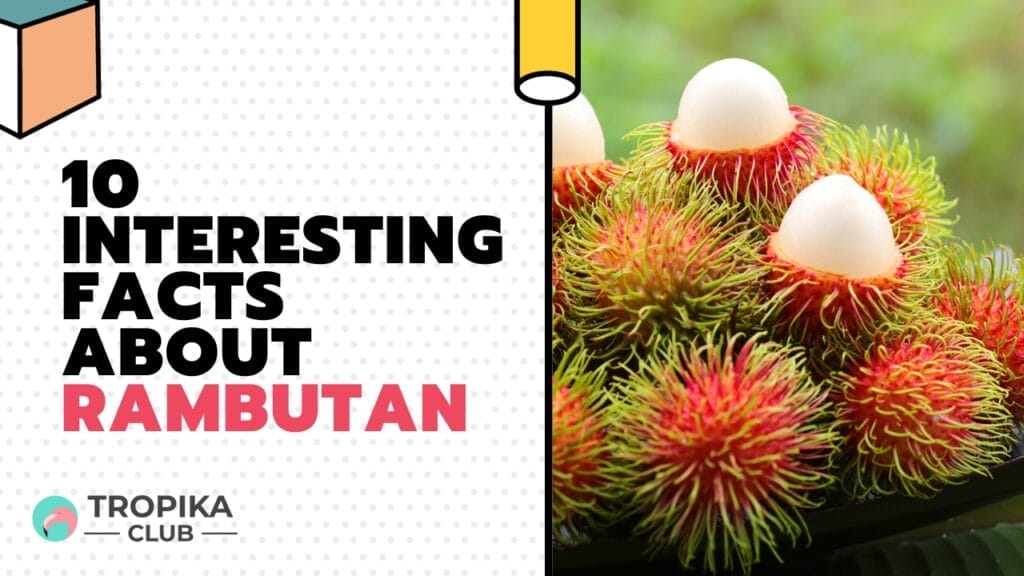
No Time to Read? Here’s a Snappy Summary of This Article
- Exotic Origin Tale: Rambutan, a tropical delight, hails from Southeast Asia, where its name means “hairy.”
- Vibrant Visuals: Bursting with color, rambutans resemble alien fruits with hairy exteriors, hiding juicy, translucent sweetness inside.
- Nutrition Powerhouse: Beyond deliciousness, rambutans boast antioxidants, fiber, and vitamin C, promoting health with every juicy bite.
- Hair-Like Guardian: The spiky rind isn’t just for show; it defends the luscious fruit within, creating a natural armor against pests.
- Culinary Versatility: From fresh snacks to jams and cocktails, rambutans showcase their adaptability in various mouthwatering culinary creations.
- Symbolic Significance: In some cultures, rambutans are symbols of good fortune and are often gifted for prosperity and well-wishes.
Table of Contents
- No Time to Read? Here’s a Snappy Summary of This Article
- 1. Rambutan means “hair”
- 2. Rambutan is related to lychee and longan
- 3. Rambutan has many health benefits
- 4. Rambutan can be eaten fresh or processed
- 5. Rambutan can be grown in Singapore
- 6. Rambutan has different varieties
- 7. Rambutan has medicinal uses
- 8. Rambutan has other uses
- 9. Rambutan has cultural significance
- 10. Rambutan has a global market
- Meanwhile, Check Out Tropika Club’s Ecosystem of Websites
Introduction
Rambutan is a fruit that looks like a hairy red ball with a sweet and juicy flesh inside. It is native to Southeast Asia and widely cultivated in countries like Malaysia, Indonesia, Thailand, and Vietnam. But did you know that rambutan also has a long history, a rich nutritional profile, and some surprising uses? In this article, we will share with you 10 interesting facts about rambutan that you may not know. Whether you are a fan of this exotic fruit or just curious about it, read on to find out more.
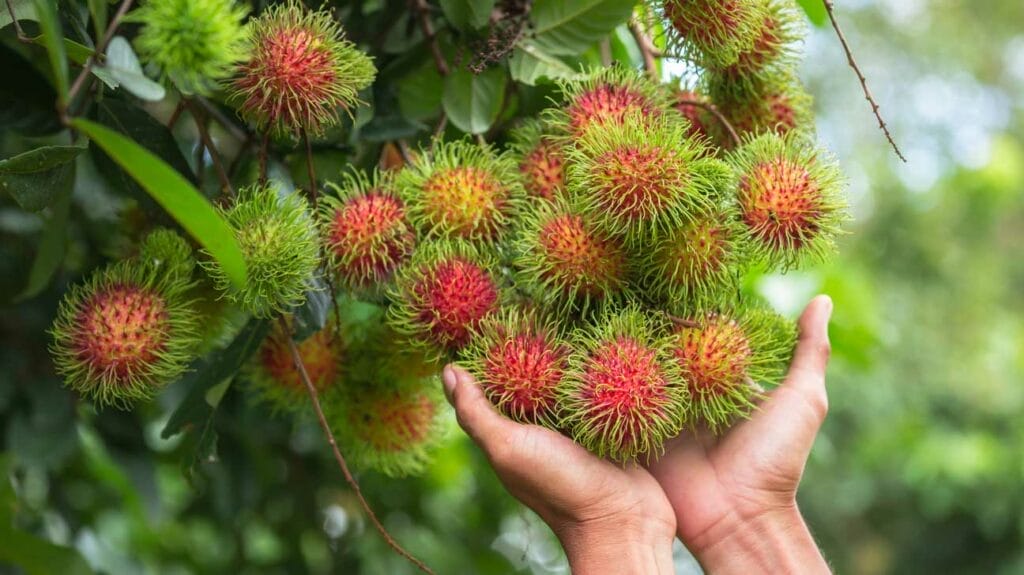
1. Rambutan means “hair”
The name rambutan comes from the Malay word “rambut”, which means “hair”. This is because the fruit has a spiky and hairy skin that resembles the hair of some animals or humans. The scientific name of rambutan is Nephelium lappaceum, which means “heavenly fruit” in Greek
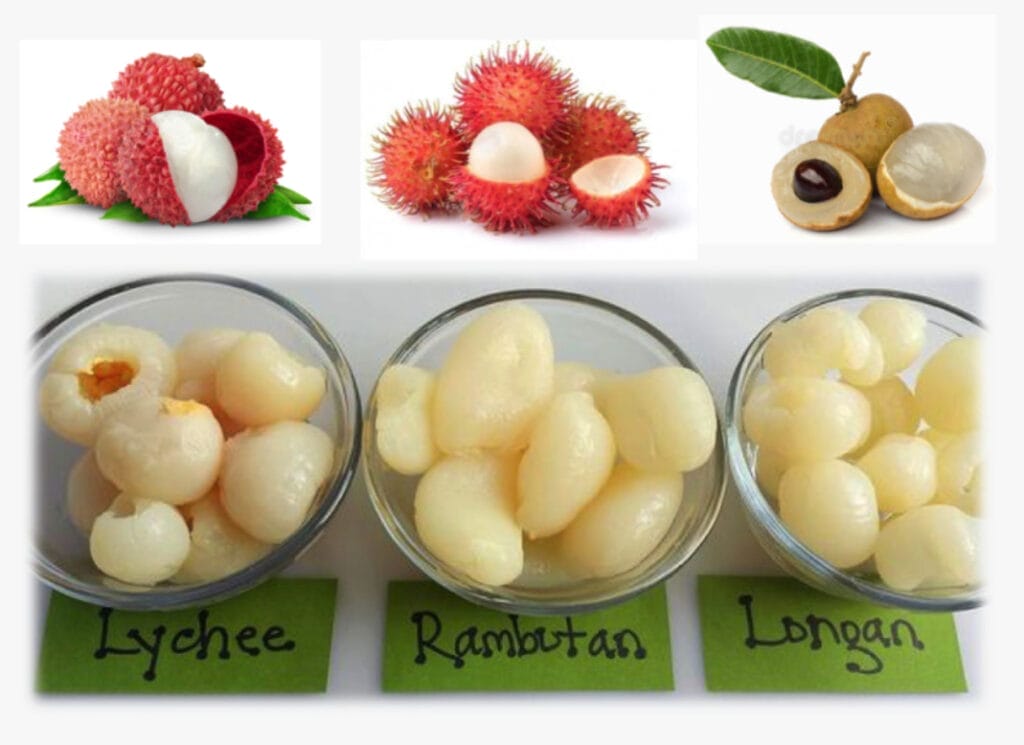
2. Rambutan is related to lychee and longan
Rambutan belongs to the soapberry family (Sapindaceae), which includes other edible fruits such as lychee, longan, pulasan, and quenepa. These fruits have similar characteristics, such as a thin skin, a white flesh, and a single seed in the center. However, they differ in size, shape, color, and taste. Rambutan is usually larger and rounder than lychee and longan, and has a reddish or yellowish skin. Its flesh is sweet and slightly acidic, while lychee is sweeter and longan is more fragrant
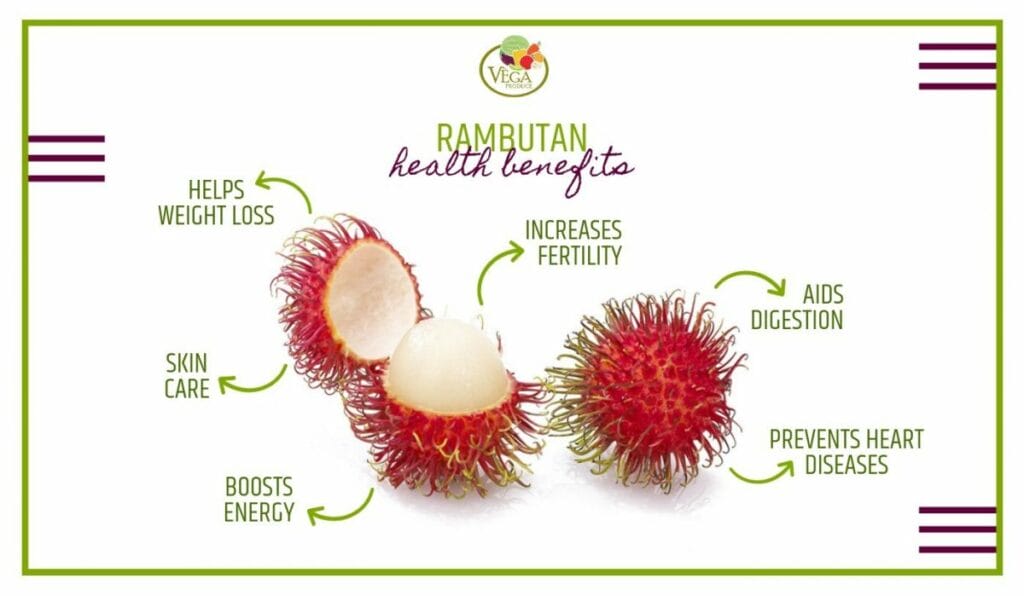
3. Rambutan has many health benefits
Rambutan is rich in vitamin C, fiber, copper, manganese, and other minerals that are essential for your health. Vitamin C helps boost your immune system and protect your cells from damage. Fiber aids your digestion and prevents constipation. Copper supports the growth and maintenance of your bones, brain, and heart. Manganese helps regulate your blood sugar and metabolism. Rambutan also contains antioxidants that can fight inflammation and prevent diseases such as cancer and diabetes
:max_bytes(150000):strip_icc()/rambutan-on-hand-ready-to-eat-1179199970-903acc9f6c604d12ad97ad6961bfb288.jpg)
4. Rambutan can be eaten fresh or processed
The most common way to eat rambutan is to peel off the skin and enjoy the juicy flesh raw. You can also remove the seed and eat it roasted or boiled, but be careful not to eat it raw as it may contain toxic compounds. Besides eating it fresh, you can also process rambutan into various products such as jams, jellies, syrups, wines, candies, and ice creams. These products can extend the shelf life of rambutan and add more flavors to it.
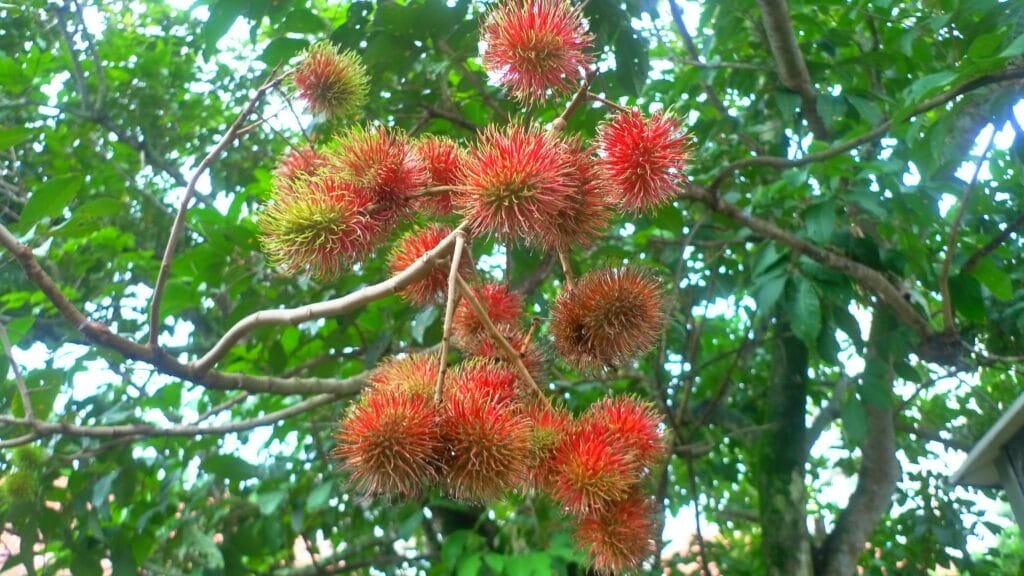
5. Rambutan can be grown in Singapore
If you love rambutan and want to grow your own at home, you will be glad to know that it is possible to do so in Singapore. Rambutan trees can grow up to 25 meters tall and thrive best in tropical climates with high humidity and rainfall. They also need well-drained soil and full sun exposure. You can buy rambutan seeds or seedlings from nurseries or online shops and plant them in pots or in the ground. However, you will need to wait for about 6 years before you can harvest your first crop of rambutans.

6. Rambutan has different varieties
There are many varieties of rambutan that differ in size, shape, color, taste, and quality. Some of the most popular ones are Binjai, Lebak Bulus, Rapiah, Sinyonya, and Aceh. Binjai is a large variety with a yellow skin and a sweet flesh. Lebak Bulus is a small variety with a red skin and a sour flesh. Rapiah is a medium-sized variety with a red skin and a sweet-sour flesh. Sinyonya is a small variety with a red skin and a very sweet flesh. Aceh is a large variety with a red skin and a sour flesh that is good for making wine.
_
Read Also:
Top 21 Best Fruit Delivery Services in Singapore
_
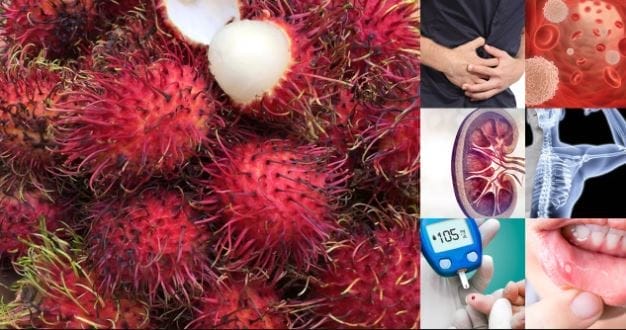
7. Rambutan has medicinal uses
Besides being delicious and nutritious, rambutan also has some medicinal uses that can benefit your health. For example, the leaves of rambutan can be used to treat headaches by boiling them in water and applying the liquid to your temples. The bark of rambutan can be used to treat diarrhea by boiling it in water and drinking the decoction. The roots of rambutan can be used to treat fever by boiling them in water and bathing in the liquid. The peel of rambutan can be used to treat skin infections by grinding it and applying it to the affected area.
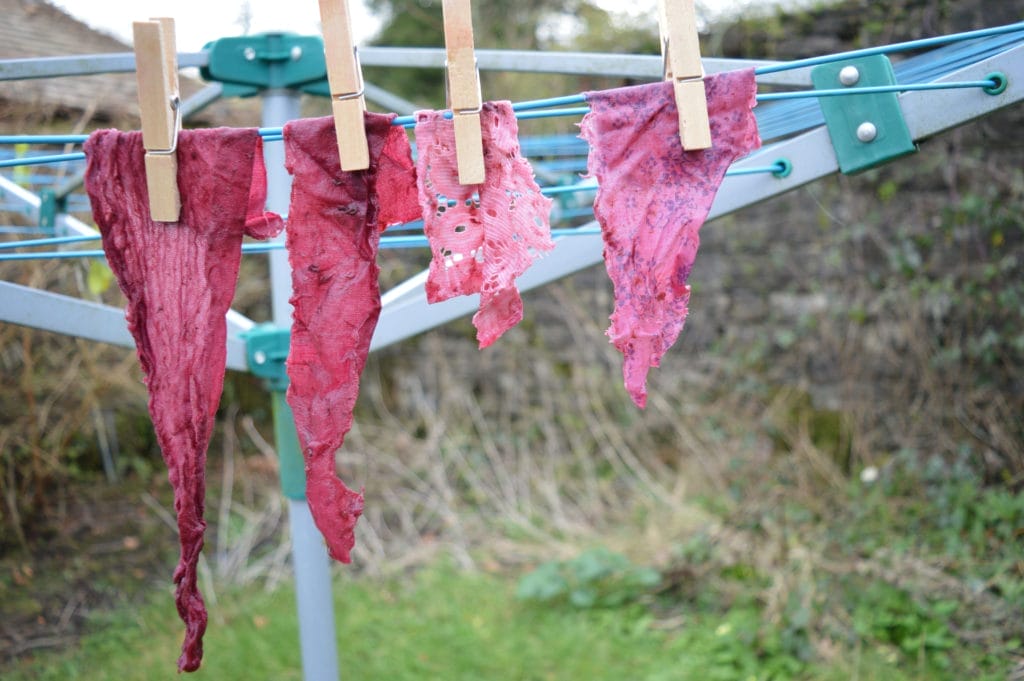
8. Rambutan has other uses
Rambutan is not only good for eating and healing, but also for other purposes. For instance, the peel of rambutan can be used as a natural dye for fabrics and leather. The peel can produce various shades of red, brown, and yellow depending on the mordant used. The peel can also be used as a source of pectin, a substance that can thicken and stabilize food products such as jams and jellies. The seed of rambutan can be used as a source of oil, which can be used for cooking, lighting, or lubricating. The seed oil can also be used as a cosmetic ingredient for making soap, shampoo, and lotion.
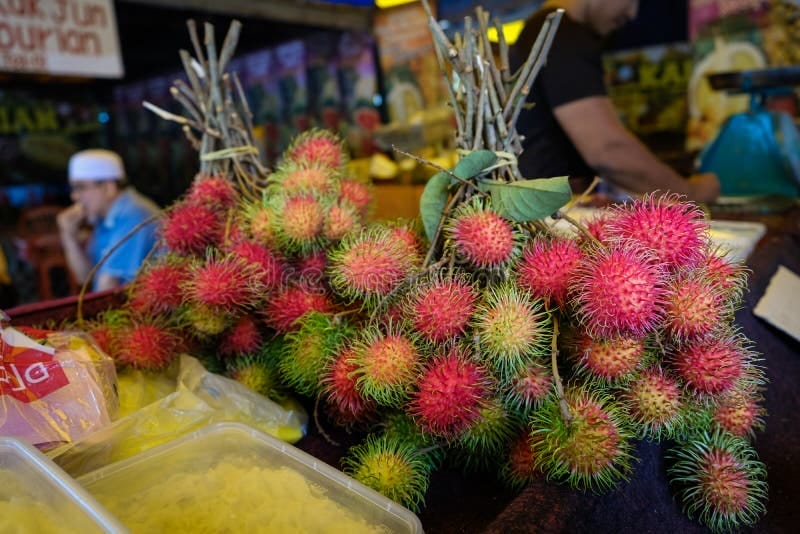
9. Rambutan has cultural significance
Rambutan is not only a fruit, but also a symbol of culture and tradition in some countries. For example, in Malaysia, rambutan is considered a national fruit and a sign of hospitality. It is often served to guests during festive occasions such as Hari Raya Aidilfitri and Chinese New Year. In Indonesia, rambutan is associated with prosperity and luck. It is often displayed and eaten during weddings and other celebrations. In Thailand, rambutan is regarded as a royal fruit and a gift from the gods. It is often offered to monks and temples as a gesture of respect and gratitude.
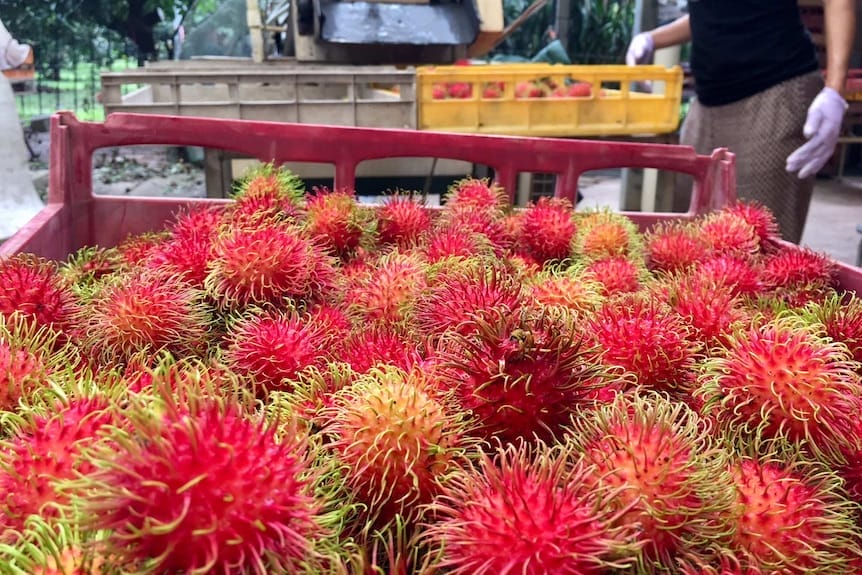
10. Rambutan has a global market
Rambutan is not only popular in Southeast Asia, but also in other parts of the world. It is exported to countries such as China, Japan, Australia, Europe, and the United States. The global market for rambutan is estimated to be worth about US$28 million in 2019 and expected to grow at a compound annual growth rate (CAGR) of 3.4% from 2020 to 2027. The main factors driving the demand for rambutan are its health benefits, its exotic appeal, and its availability throughout the year. However, some challenges facing the rambutan industry are the high cost of production, the lack of standardization, and the competition from other tropical fruits.
Conclusion
Rambutan is a fascinating fruit that has more to offer than meets the eye. It has a long history, a rich nutritional profile, and some surprising uses that make it a valuable addition to your diet and lifestyle. Whether you prefer to eat it fresh or processed, you can enjoy the many benefits of this hairy fruit in Singapore. Next time you see rambutans at the supermarket or the wet market, don’t hesitate to grab some and savor their sweet and juicy flesh. You may discover something new and interesting about this amazing fruit.

Frequently Asked Questions (FAQ)
Q: Where can I buy fresh rambutans in Singapore?
A: Explore local markets like Tekka Centre or supermarkets such as NTUC FairPrice for fresh and quality rambutans.
Q: Are there rambutan-inspired dishes in Singapore?
A: Indulge in unique rambutan culinary experiences at Singapore’s diverse eateries, where chefs infuse creativity into dishes.
Q: Can I grow rambutan at home in Singapore?
A: Yes, you can cultivate rambutan trees in Singapore. Consider tropical nurseries or online platforms for rambutan saplings.
Q: Any rambutan-themed events happening in Singapore?
A: Stay updated on rambutan festivals and events through local event platforms and community announcements in Singapore.
Q: What health benefits do rambutans offer?
A: Rambutans provide a nutritional boost with antioxidants, fiber, and vitamin C, contributing to overall well-being and health.
Q: How can I incorporate rambutans into my skincare routine?
A: Harness the skincare benefits of rambutans by exploring local beauty products or creating DIY masks using rambutan extracts.

Have an Article to Suggest?
Tropika Club is always looking for new and exciting content to feature in their magazine and they value the input of our readers. If you have any noteworthy content or articles that you believe would be a great addition to Tropika Club’s magazine, we are open to suggestions and encourage you to reach out to us via email at [email protected]. By doing so, Tropika Club values your expertise and knowledge in the matter and appreciates your willingness to help. We will review your recommendations and update our list accordingly
Meanwhile, Check Out Tropika Club’s Ecosystem of Websites
Tropika Club Magazine – Tropika Club Magazine is a Singapore-based publication that features articles on a wide range of topics with a focus on local businesses and content for the region. The magazine emphasizes supporting local businesses through its #SupportLocal initiative, which includes coverage of everything from neighborhood hawker stalls to aesthetic clinics in town. In addition to highlighting local businesses, Tropika Club Magazine also covers a variety of local content, including beauty, lifestyle, places, eats, and what’s on in Singapore and the Asia Pacific region.



